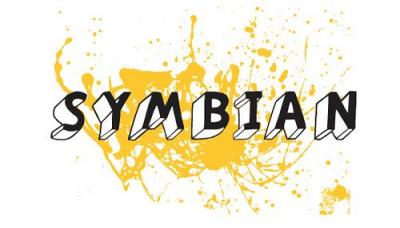Nokia To Take Over Symbian Development

The Symbian Foundation will transition into a licensing organisation and Nokia will take over development of the platform
A day prior to the start of its annual developer conference, the Symbian Foundation has announced that it will scale back and transition into a licensing operation, as Nokia will move in to take over development of the Symbian Platform.
The Symbian Foundation announced the news on 8 November and the Symbian Exchange & Exposition (SEE) 2010 is slated to kick off on 9 November in Amsterdam. Following a strategy review, the board of the Symbian Foundation decided the foundation would become a legal entity responsible for licensing software and other intellectual property, such as the Symbian trademark. Nokia has committed to make the future development of the Symbian platform available to the ecosystem via an alternative direct and open model, the company said.
End of the Symbian Foundation
In a blog post regarding the news, Jo Harlow, senior vice president for smartphones at Nokia, said Nokia is sticking with Symbian. “Do not confuse the end of the Foundation with the end of the Symbian platform,” she said. Harlow also said:
“Nokia believes in Symbian because we know that it is the only platform capable of serving our global audience with a range of devices carrying locally relevant content and services. We also believe that decisions were needed to make Symbian more competitive and attractive to developers. That’s why we announced we would focus on Qt and Qt Quick for application development. Qt is itself a thriving open source framework and already a firm favorite with many developers because of its ability to accelerate the development of rich, visual applications. We will focus on Qt and Qt Quick for our own development for both Symbian and the MeeGo platform, which means that applications developed in Qt for Symbian now will still work on Nokia MeeGo devices in the future (we’re planning 2011 for launch of MeeGo products). Finally, focusing on a single framework means that there will be no break between current and future versions of Symbian on Nokia devices. Anything developed for the latest range of Nokia Symbian smartphones would work on future devices, and importantly, any future developments of the Symbian user experience would benefit users of the recently launched products like the Nokia N8, Nokia C7, recently shipped Nokia C6 or soon to be shipped Nokia E7.”
Open source transition
Nokia acquired Symbian in 2008 and established the Symbian Foundation, making Symbian available royalty free and in open source, Harlow said.
“The founding board members took a bold strategic step in setting up the foundation, which was absolutely the right decision at the time,” said Tim Holbrow, executive director of the Symbian Foundation, in a statement.
“There has since been a seismic change in the mobile market but also more generally in the economy, which has led to a change in focus for some of our funding board members. The result of this is that the current governance structure for the Symbian platform – the foundation – is no longer appropriate. However, the platform enjoys strong support from some of the largest and most innovative device creators in the world. And we continue to see solid momentum behind the platform, with 25 percent of all Symbian-based devices shipping in the last 12 months. I’m immensely proud of the work we’ve done at the Symbian Foundation. Perhaps most notably, in the last year we’ve delivered the biggest open source project ever in releasing the entire Symbian codebase under an open source licence, and we did it four months ahead of schedule.”
According to foundation officials, the first phase of the foundation’s transition will involve a reduction in operations and staff numbers. By April 2011, the Symbian Foundation will be governed by a group of non-executive directors tasked with overseeing the organisation’s licensing function.
“Nokia remains committed to Symbian as the most used smartphone platform around the world,” Harlow said in a statement. “The Nokia N8 generated the highest online pre-orders we’ve ever experienced and we have a family of Symbian 3 smartphones including the Nokia N8, Nokia C7, and Nokia C6-01 which are available now, as well as the Nokia E7 which is expected to ship before the end of 2010. Nokia expects to sell more than 50 million Symbian 3 smartphones.”
Meanwhile, the Symbian Foundation leadership team will work together with Nokia to ensure that the reduction in operations of the foundation will bring as little disruption to the ecosystem as possible. Further details of this process will be shared at a later date, the foundation said in a press release about the transition.